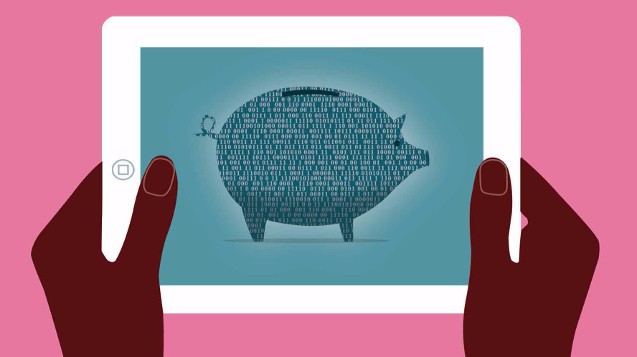The banking industry has yet to understand the digital economy fully. But with careful strategy, it can join the digital revolution, writes José Maria Fuster Van Bendegem
ILLUSTRATION: NICK LOWNDES
What should the bank of the future look like? Let’s remove ourselves from today’s banking system and instead imagine where we will stand within a decade. We will be in a world where social changes that are beginning to emerge today will be in full force.
Today’s so-called “millennial generation” and its values will have a substantial influence in all areas of the economy. With this to come, it is imperative that all the large banks, which currently dominate the financial landscape, consider the bank of the future.
While yet to be built, we already know some of its characteristics:
- It must have a global reach. This will require a new political and legal framework, providing consumers with unique services that don’t exist today. It will also contribute to global economic development, facilitating the global economic flow of the digital economy
- It will be customer-focused, having had to overcome the traditional product silos model of management
- There will be extensive use of technology. The chief technology officer will be a key figure within the company
- It will be run through digital processes with minimal friction. These will operate with significantly lower costs, benefitting from a model of decreasing costs based on scale
- It will provide new, personalized, services to clients based on the intelligent use of data
- It will require a team of people that combines business and technology knowledge in order to cover all the key roles. All of its employees will need to be “digital natives”
- It will consider data to be a valuable asset, instead of a necessary cost. Data management will be a key function
- It will implement progressive models of open organization, where collaboration outside the doors of the bank will be the norm, not the exception
- It will have a culture that rewards entrepreneurship and innovation; always looking to satisfy the needs of clients
- Its marketing will be based in data; therefore, the “data scientist” will play a fundamental role
- The customer experience will be at the centre of all proposals
The bank of the future will clearly be a digital bank, but what do we really mean when we refer to the digital bank?
[button type=”large” color=”black” rounded=”1″ link=”http://issuu.com/revistabibliodiversidad/docs/dialogue-9-sept2015/34″ ]CLICK HERE FOR THE FULL ARTICLE[/button]

